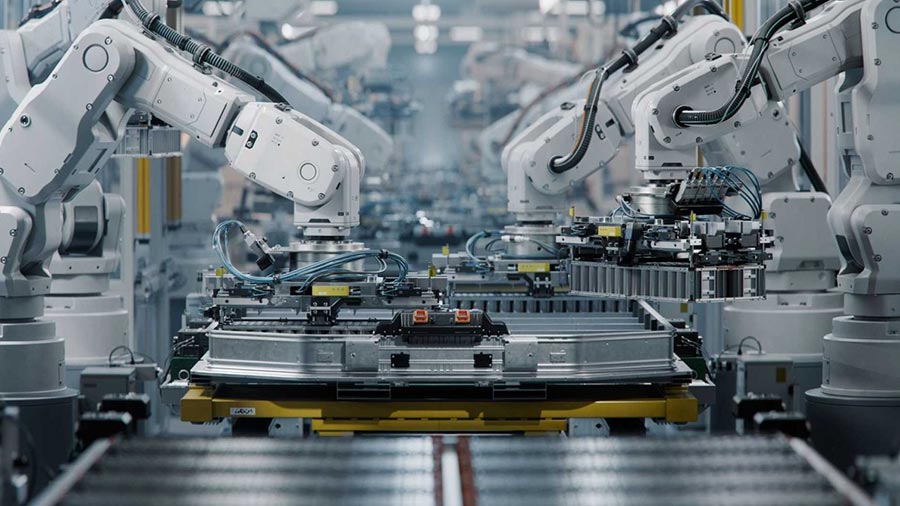China’s Demand for Resources Brings Brazil Closer
By Vivian Ni
Jun. 3 – China and Brazil, two countries 17,000 kilometers apart separated by the vast Pacific Ocean and see great political and cultural differences, are witnessing an increasingly closer relationship due to China’s growing hunger for the South American country’s natural resources.
With most of its nationals not even familiar with the largest economy in Latin America, China’s role in Brazil’s economic development is becoming increasingly important. It just surpassed the United States as Brazil’s largest trading partner in 2009, accounting for 12.5 percent of the country’s annual exports, while the volume of exports from Brazil to China expanded by 18 times between 2000 and 2009.
The trading effect has also been duplicated by all sorts of investments from China. In 2009, the total influx of China-originated foreign direct investment was still smaller than US$300 million, but this figure surged to US$17 billion in 2010, suddenly making China Brazil’s largest foreign direct investor.
China’s rapid economic expansion is the major contributor to the booming commercial ties between the two countries remote from each other. As a country that hungers for distinct natural resources for its large-scale infrastructure construction and enormous domestic consumption, China is unsurprisingly attracted to Brazil’s abundant production of iron ore and agricultural products, as well as its newly discovered offshore oil fields that boast the world’s fastest growing oil and gas reserves.
Becoming increasingly aware of China’s rise and significance, the famous Brazilian mining company Vale, the world’s largest iron ore exporter, has recently taken steps to better serve their Chinese customers. The company ordered a fleet of the biggest-ever iron-ore carriers with a meaningful name “Chinamax” and welcomed the arrival of the fleet’s first member to Rio de Janeiro’s Guanabara Bay harbor last month.
With a carrying capacity of 400,000 tons, more than twice the capacity of capesizes (currently the most used iron-ore carriers which travel on shipping routes around South Africa’s Cape of Good Hope and Chile’s Cape Horn), the profitability of Chinamaxes in the short term remains unclear because the long-haul shipping costs and earnings can be very volatile. However, one thing that Vale sees for sure is China’s huge appetite for the raw material used to make steel. China, the world’s biggest steel maker, has imported about 10.9 million metric tons of iron ore per month from Brazil last year, according to a Bloomberg report.
While Vale plans to spend some US$720 million in shipping its own iron-ore, this is not the mining giant’s only investment in logistics to make transportation cheaper. It has laid about 10,000 kilometers of railways across nine of Brazil’s 26 states and built nine port terminals, with the Tubarao Port Complex in the southeast of the country capable of handling 43,000 tons of iron-ore an hour.
Another coming logistics project, the Acu Superport developed by Brazil’s EBX Group, is also going to reinforce the resource-driven business relations between Brazil and China. Nicknamed the “highway to China,” the port is designed to be deep enough to service the Chinamaxes and plans to attract US$40 billion in total investment. China’s Wuhan Iron and Steel, is already on the port’s partner list and building a steel plant there.
It is interesting to notice that while iron-ore shipped by Chinamaxes to China is going to bring Brazil massive revenue, most of the ships themselves are going to be manufactured in China. Among the 19 carriers in Vale’s Chinamax fleet, the first seven will come from South Korea, and the next 12 will be made in China. That is to say, when Brazil may benefit more and more from its iron ore exports to China, its dependence on the country’s manufacturing industry increases as well.
It is not only ships that are being manufactured in China. Imports of manufactured goods rose by 60 percent last year, ranging from light industrial products such as textiles to heavy industrial products such as steel. About 80 percent of costumes used at Brazil’s carnival festival this year were imported and nearly all of them were made in China; Brazilian steel producers had to suffer losses brought by a sharp price fall which is claimed to be highly related to the cheap imports from China.
While Brazil is more than happy to see a US$5.2 billion-trade surplus with China last year, generated from China’s demand for its commodities, sentiment against China rose somewhat in the country due to a bitter-sweet situation the closer business ties bring. The trade deficit in Brazil’s manufactured goods reached a record and painful US$23.5 billion last year, against the small US$600 million-deficit seven years ago.
Brazilians also accuse China of being “selective” on what it wants to import from them and controlling its currency exchange rate to make its exports more competitive. As Control Risks’ General Manager for Brazil Geert Albers says, “China has a clear position on what it wants from Brazil, but Brazil needs to clarify somehow what it wants from China.”
- Previous Article Guangzhou Encourages Better Utilization of Foreign Capital
- Next Article China Renewable Energy Industry Report: Jun. 7



























